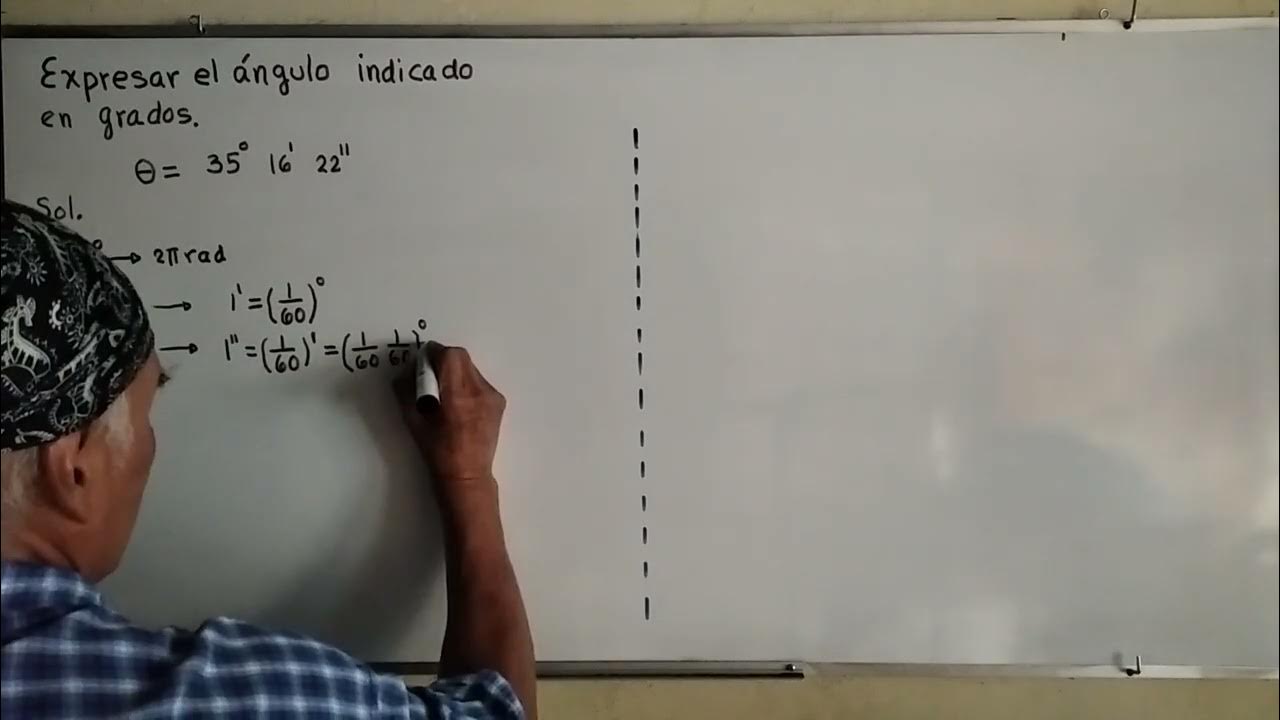ALL OF BIOLOGY explained in 17 Minutes
Summary
Please replace the link and try again.
Please replace the link and try again.
Please replace the link and try again.
Outlines

Cette section est réservée aux utilisateurs payants. Améliorez votre compte pour accéder à cette section.
Améliorer maintenantMindmap

Cette section est réservée aux utilisateurs payants. Améliorez votre compte pour accéder à cette section.
Améliorer maintenantKeywords

Cette section est réservée aux utilisateurs payants. Améliorez votre compte pour accéder à cette section.
Améliorer maintenantHighlights

Cette section est réservée aux utilisateurs payants. Améliorez votre compte pour accéder à cette section.
Améliorer maintenantTranscripts

Cette section est réservée aux utilisateurs payants. Améliorez votre compte pour accéder à cette section.
Améliorer maintenantVoir Plus de Vidéos Connexes

QUAL A IMPORTÂNCIA DA BIOLOGIA NA SOCIEDADE

6 exercícios de ginástica laboral para serem aplicados no ambiente de trabalho

How To Read Hours || Arabic

How to Feel Energized & Sleep Better With One Morning Activity | Dr. Andrew Huberman

Negara dengan Waktu Puasa Ramadhan 2025 Terlama dan Tercepat di Dunia

Ángulo en grados sexagesimales

English - Daily routine (A1-A2 - with subtitles)
5.0 / 5 (0 votes)